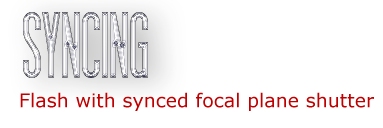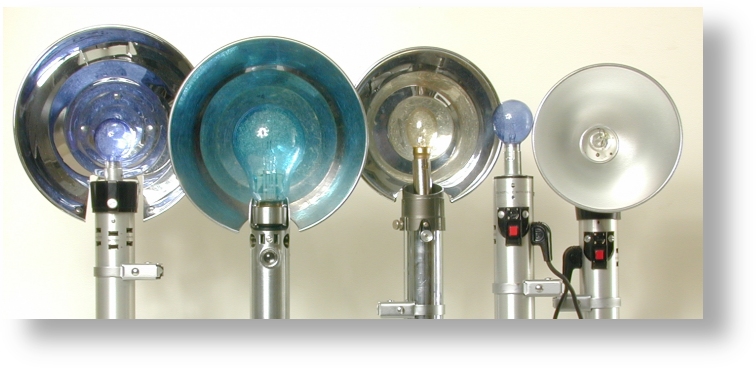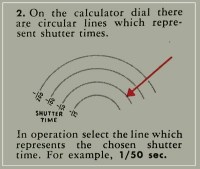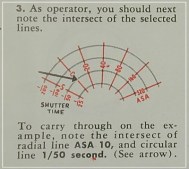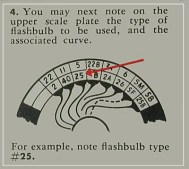Definitely looking sharp those synchronizer/speedguns, but of limited use today.
But there's some use today especially in caving using bare bulbs
Nowadays Meggaflash manufactures three main types of single use flashbulbs: PF330 Floodflash-PF200 Medium Peak and PF300 Slow Peak.
However it can be very useful to have an electronic flash unit coupled to use Studio Flash lights or as fill-in with barrel lenses.
With the right cable we could connect directly with the built-in Focal plane synchronizer.
Exerpt from the Masterbook 1954:
Shutter speed are indicated directly through a sealed window.
The 2 speeds 1/250 and 1/1000 are marked in black to indicate that they may be used with long-peak flash lamps only.
The others are in red marked meaning that they may not be used with flash.
Provision is made for time exposures with the focal plane shutter by means of an additional curtain opening the full width of the picture area.
Electronic flash and types M and F can be used at this setting.
This is accomplished by pressing the exposure button twice as quickly as possible.
The flashlight or strobe will be triggered just as the curtain has completely uncovered the film area.
the second pressure on the trigger is to close the curtain again and should be done as quickly to avoid fogging of the film....
We have tested this procedure and it will work when ambient light is low...

Schematic view of the Focal Plane shutter movement.
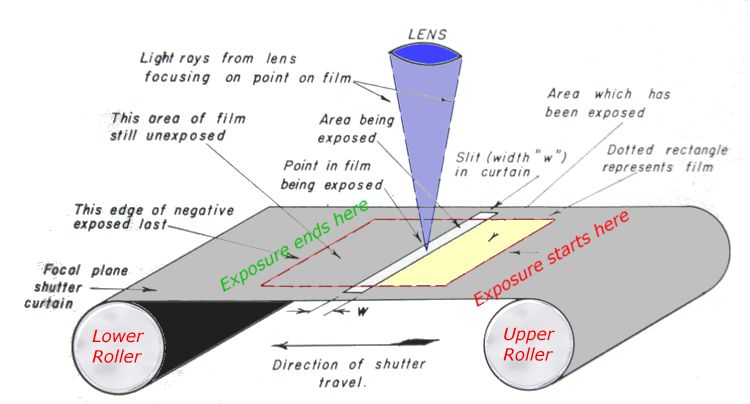
|

Summary (Masterbook 1954)
The very simple curtain method of producing a high effective shutter speed has its drawbacks when flash synchronisation is required.
Particularly at the lower speeds, the shutter takes a relatively long time to complete its trip across the film.
If a flashlamp with a short burning time is used, part of the image may not receive any light at all.
For this reason, special flashlamps having a long, slow burning time must be used: these lamps are called Class FP; need a firing delay of about 20 milliseconds and have a total light duration of 25-70 milliseconds. The smaller lamps of this type, which include the G-E No 6 and the Sylvana FP-26, have the shorter burning time: they may be used at high-speed settings only with the Miniature Speed Graphic, but their principal use is with focal-plane miniature cameras such as Leica, Nikon and Contax.
The larger Focal-plane shutters up to 4x5 inches require the use of the bigger Class FP lamps; the G-E No 31 and Sylvanias 2A.
These have a burning time of nearly 70 milliseconds and will cover the entire movement of the 4x5 focal=plane shutters at their highest shutter speeds, in any case
Our conclusion is:
Use your flash units when circumstances allow (low ambient light)...using the "T" method described above.
For all other occurrences use the old flash synchronizer with either G-E #31 or the Sylvania 2A at the black marked speeds in the window.
Which cables do you need:
- Bi-post female to pc (Electronic Flash with Focal-plane) To use Studio flash synced set shutter at T, trip and trip the shutter to close...
- Bi-post female to HH (Cass FP lamps #6 and G-E No 31)
- HH to Bi-Post male(If you want to use the Focuspot with your Synchroniser)

|
Cable tips see above for complete cable.
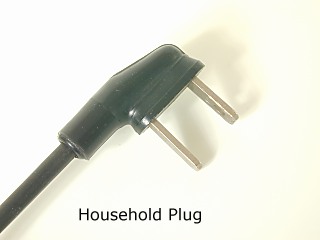 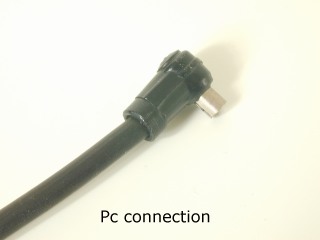
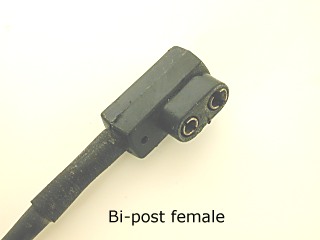 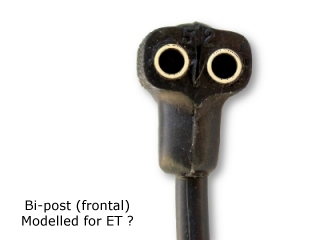
Some adaptions to mount a small Electronic flash.
On the far left a Braun flashhandle on the bottom right a Heiland 2 cell synchronizer.
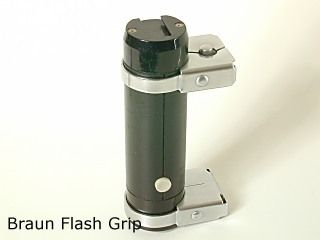 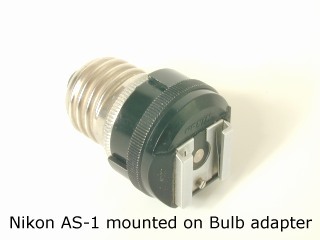
With this option you can even use the Focuspot when needed...
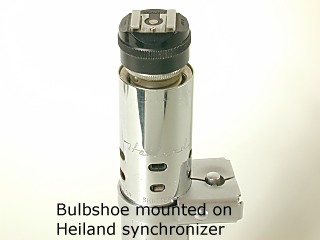 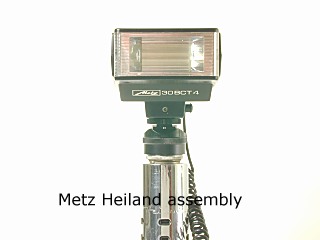

Just for fun...
Not very likely you will walk with a lot of different bulbs in your pocket but...
This Flash calculator was a very accurate meter at the time. It's full name is Norwood Director Flashrite. Short instructions you will find below.
|
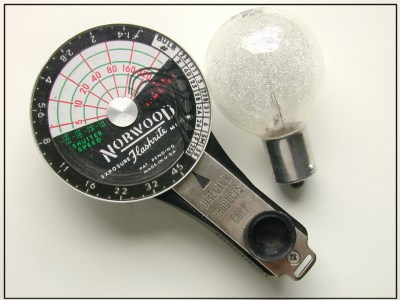 |
"Flashrite" by Norwood Director
High quality construction complete with lanyard.
The meter works on the RF priciple.
Guidenumber : Distance to subject= aperture.
|
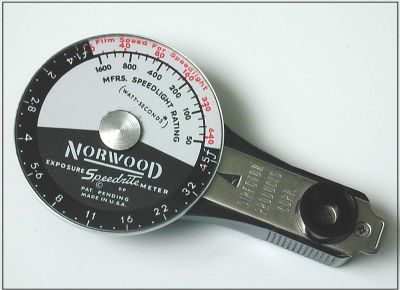 |
"Speedrite" by Norwood Director
High quality construction complete with lanyard.
This meter works also on the RF priciple.
The output E-flash is given in BCPS or ECPS.
This meter works with Watt-seconds numbers
given by their Mfrs.
Noadays we use a flash meter.
|
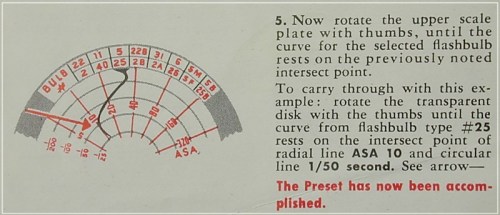 |
Next look through the finder window and note the double image of your subject.
Rotate the large disk by using one finger on the rim until the two images merge.
Note the f-stop reading adjacent to the index line...
Adjust the Camera lens aperture to the indicated f-stop value.
The f-stop value so derived will give a perfect Exposure!
|
Got bulbs to burn?
Working with the HEILAND Synchronizer


| | 